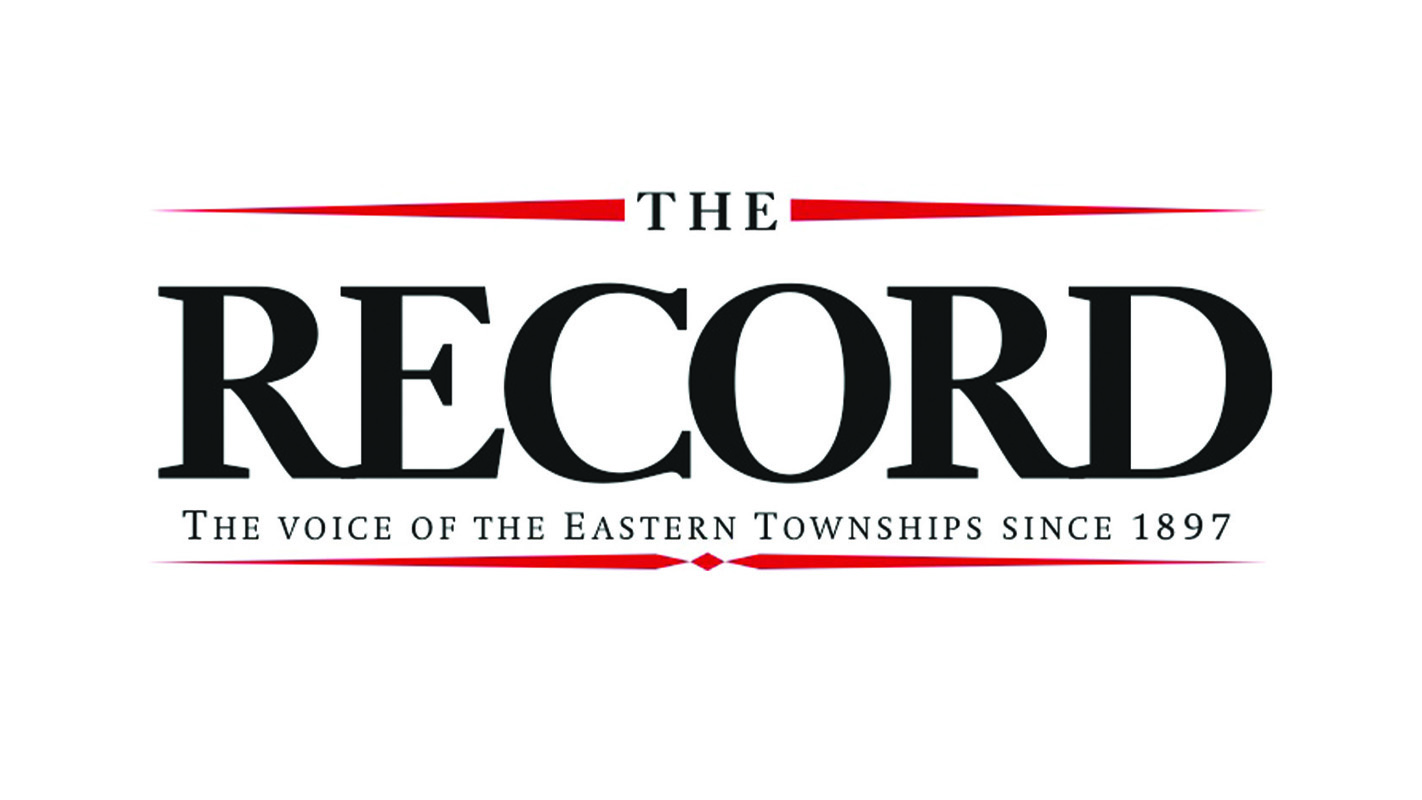Ozone layer on track for 2066 full-recovery
By Lawrence Belanger
Local Journalism Initiative
According to a once-every-four-years report by the United Nations, Earth’s UV-blocking atmospheric layer, the Ozone Layer, is on pace to fully mend in roughly 43 years. “In the upper stratosphere and in the ozone hole, we see things getting better,” said Paul Newman, co-chair of the scientific assessment, in a statement to AP.
Progress is slow, according to the report, which was presented last week at the American Meteorological Society convention in Denver, Colorado. According to the report, the global average amount of ozone 30 kilometers high in the atmosphere won’t be back to 1980 pre-thinning levels until about 2040, and it won’t be back to normal in the Arctic until 2045. Taking the longest to heal is Antarctica, which the report says won’t be fully healed until 2066.
Dr. Elisabeth Levac, who has a PhD in Earth Sciences and is a full professor in the Department of Environment, Agriculture, and Geography at Bishop’s University, praised the agreement from more than 35 years ago, known as the Montreal Protocol, for preventing the utter destruction of our ozone layer.
For the full story and more subscribe to The Record






